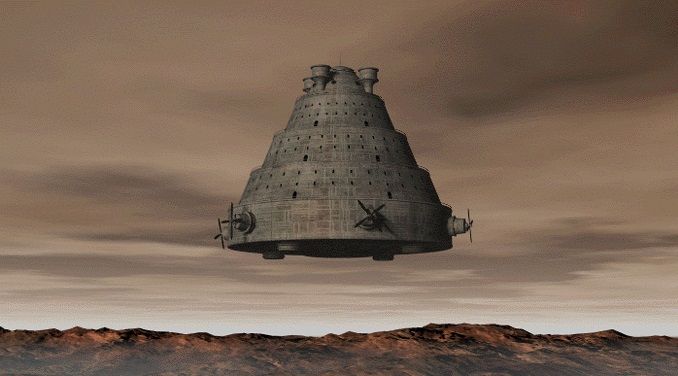The Wright brothers, Orville and Wilbur, are acknowledged to have invented and built the world’s first successful airplane and made the first controlled, powered and sustained flight in 1903. However, in 1895, an Indian, Shivkar Talpade, a drawing teacher from JJ School of Art in Mumbai, is said to have flown an aircraft, Marutsakha, on Girgaon Chowpatty.
Shivkar Bapuji Talpade, an Indian scientist and a Sanskrit scholar along with his wife at chowpathy beach was found more excited and anxious that day. The people around found that something sensational are going to happen there. Some knew what it was, some did not. Some were putting their instinct to work. A huge mass of crowd has accumulated and among them was Shri Sayaji Rao Gaekwa, who was the Maharaja of Baroda during that time and the most influenced famous scholar justice Mahadeva Govin-da Ranade. Everyone there was waiting with anxiety and before that anxiety drowned that miracle happened. Yes! The world’s first unmanned aircraft named Marutsakhā was thrown into the space and it tarred the sky at a velocity of about 40,000 Km/hr. After reaching a height of more than 1500 feet it landed safely without any damage. Between the hustle, talpade was literally appreciated by Maharaja at that moment itself. It was Maharaja’s happiest moment for which he has been waiting for long period. The News was then published in the famous News Paper “Kesari”, the next day.

Few years later, a scholar named Acharya mentioned that “Vaimanika Shastra deals about aeronautics including the design of aircraft the way they can be used for transportation and other applications in detail. The knowledge of aeronautics is described in Sanskrit in 100 sections, eight chapters, 500 principles and 3000 slokas including 32 techniques to fly an aircraft. In fact, depending on the classifications of eras or Yugas in modern Kaliyuga aircraft used are called Krithakavimana flown by the power of engines by absorbing solar energies!’ It is feared that only portions of Bharadwaja’s masterpiece Vaimanika Shas-tra survive today.”




Great ancient India